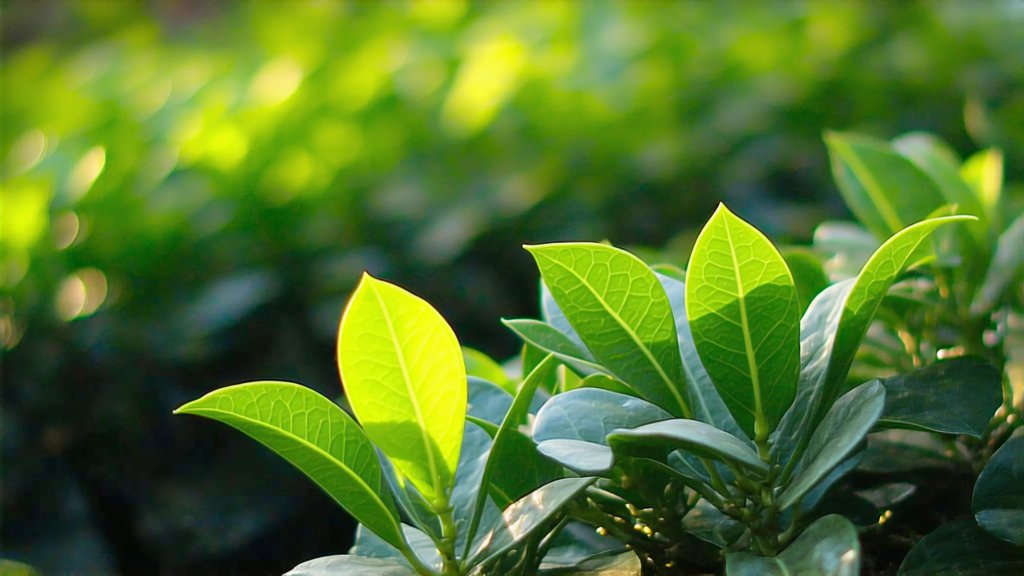
Bai Mudan, often referred to as the "White Peony," is one of the most revered and celebrated varieties of Chinese white tea. Originating from the Fujian province, this exquisite tea has a rich history that dates back several centuries. Its name, "Bai Mudan," translates to "White Peony," which perfectly encapsulates its delicate appearance and refined character. This article delves into the historical background, types, production process, and appreciation methods of Bai Mudan, offering an immersive journey into the world of this exceptional white tea.
Historical Background
The history of Bai Mudan can be traced back to the early Qing Dynasty, around the mid-1700s. It was during this period that the tea gained prominence due to its unique processing method and distinct flavor profile. The tea's creation is attributed to a happy accident involving the manipulation of the traditional sun-drying technique used for other white teas. Instead of spreading the freshly plucked leaves flat for drying, the leaves were left in windrows, allowing partial oxidation and creating a more nuanced flavor.
Over the centuries, Bai Mudan has evolved but retained its core characteristics, making it a staple in the repertoire of fine teas across China and beyond. Its reputation grew steadily, particularly after the late 20th century when it began gaining international recognition for its subtlety and health benefits.
Types of Bai Mudan
Bai Mudan comes in different grades, primarily categorized by the proportion of buds to leaves and the quality of the raw material. The two main types are:
-
Grade I Bai Mudan: This premium variety consists mostly of young buds and features a high concentration of silvery down (pekoe). The leaves are minimally processed, resulting in a light, sweet flavor with floral undertones.
-
Grade II Bai Mudan: While still high quality, this type includes more leaves compared to buds. The flavor profile is slightly more robust, with additional vegetal notes complementing the primary sweetness.
Production Process
The production of Bai Mudan involves several meticulous steps, each contributing to the tea's unique qualities:
-
Plucking: The best time for plucking Bai Mudan leaves is in spring, typically in April or May. Only the top two leaves and a bud are harvested, ensuring the highest quality.
-
Withering: After plucking, the leaves undergo a natural withering process where they are spread out thinly on bamboo mats or trays. This step allows the leaves to lose moisture gradually over 24-48 hours, depending on weather conditions.
-
Drying: Once withered, the leaves are subjected to gentle heat to further reduce moisture content without destroying the delicate flavors. This drying process can occur in ovens or through sun exposure.
-
Sorting and Packaging: The dried leaves are then sorted to separate buds from leaves and packaged carefully to preserve their freshness and aroma.
Appreciation Methods
To fully appreciate Bai Mudan, one must follow certain guidelines for brewing and tasting:
-
Tea Ware: Use a transparent glass or porcelain teapot and cups to observe the graceful unfurling of the leaves during steeping.
-
Water Quality: Use fresh, filtered water heated to around 80-85°C (176-185°F) to avoid scalding the delicate leaves.
-
Leaf Measurement: For a 200ml pot, measure approximately 3-5 grams of Bai Mudan leaves.
-
Infusion Time: The first infusion should be brief, around 15-30 seconds, with subsequent infusions gradually increasing in duration. Bai Mudan can endure multiple infusions, each revealing different layers of flavor.
-
Tasting: Pay attention to the tea’s aroma, color, and taste. Bai Mudan offers a bouquet of floral and fruity notes, a pale yellow liquor, and a smooth, mellow taste with a slight sweetness and a hint of umami.
Conclusion
Bai Mudan stands as a testament to the artistry and tradition embedded within Chinese tea culture. Its delicate yet complex profile makes it a favorite among tea connoisseurs worldwide. Whether enjoyed for its soothing properties or its elegant taste, Bai Mudan remains an enduring symbol of the sophistication and depth that Chinese white tea has to offer.